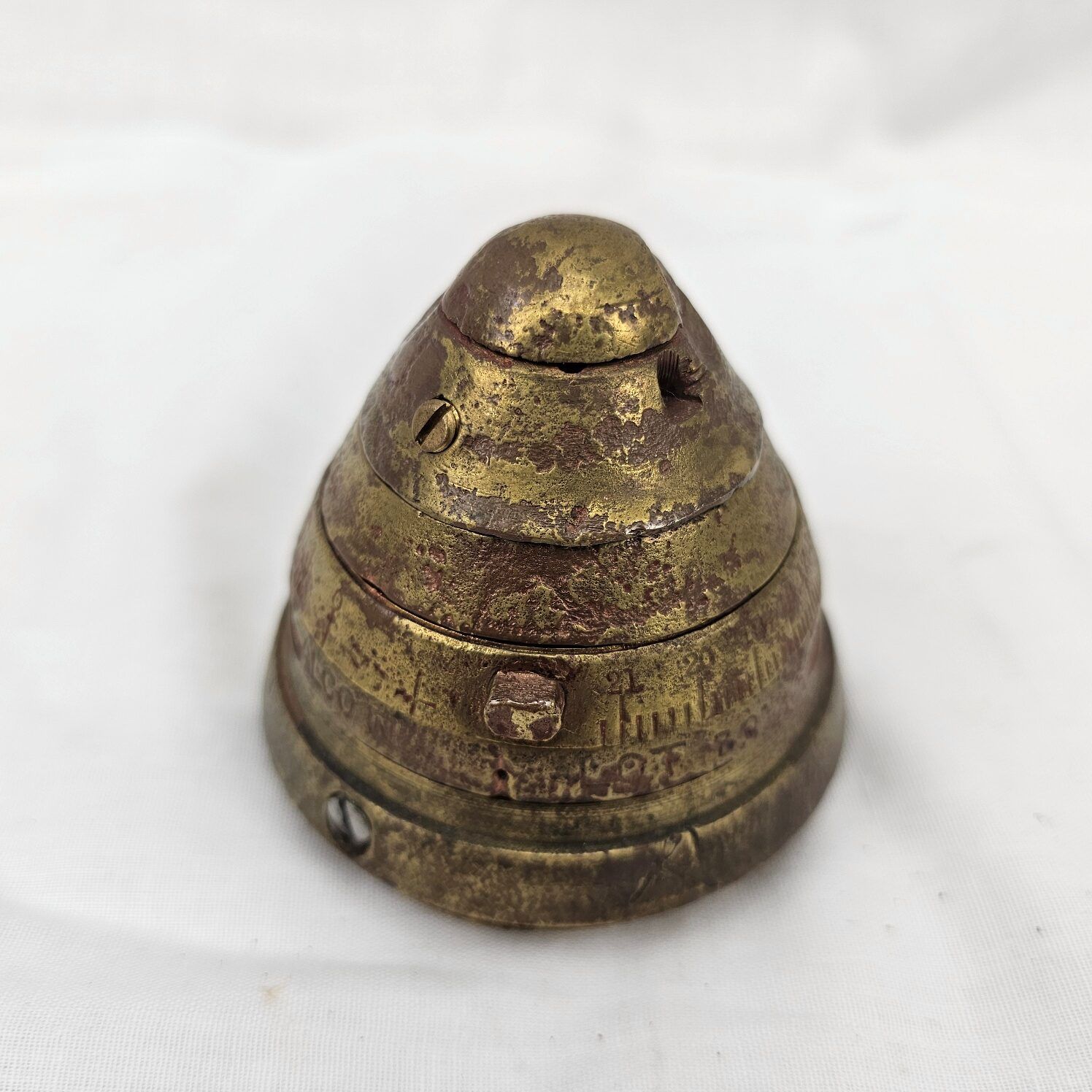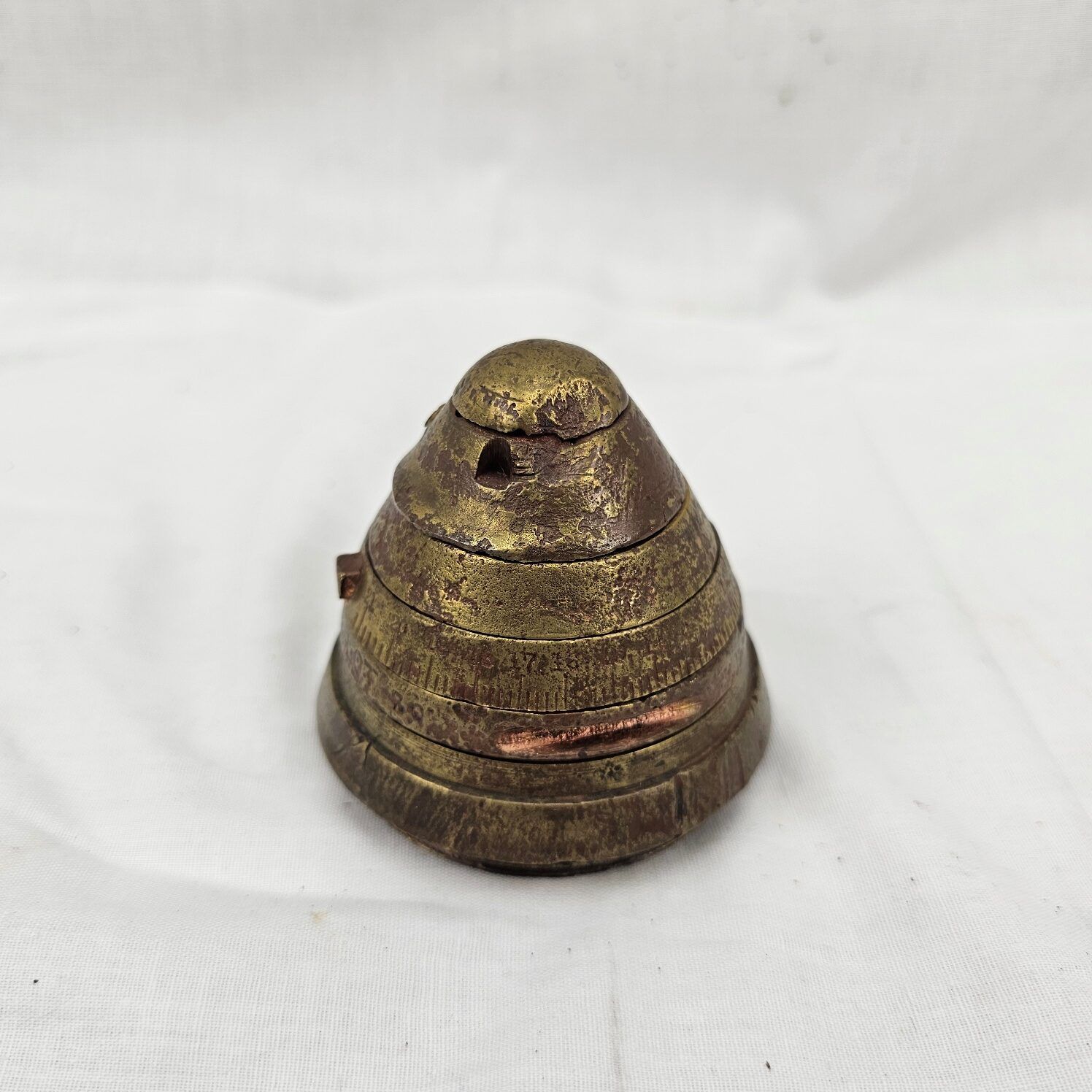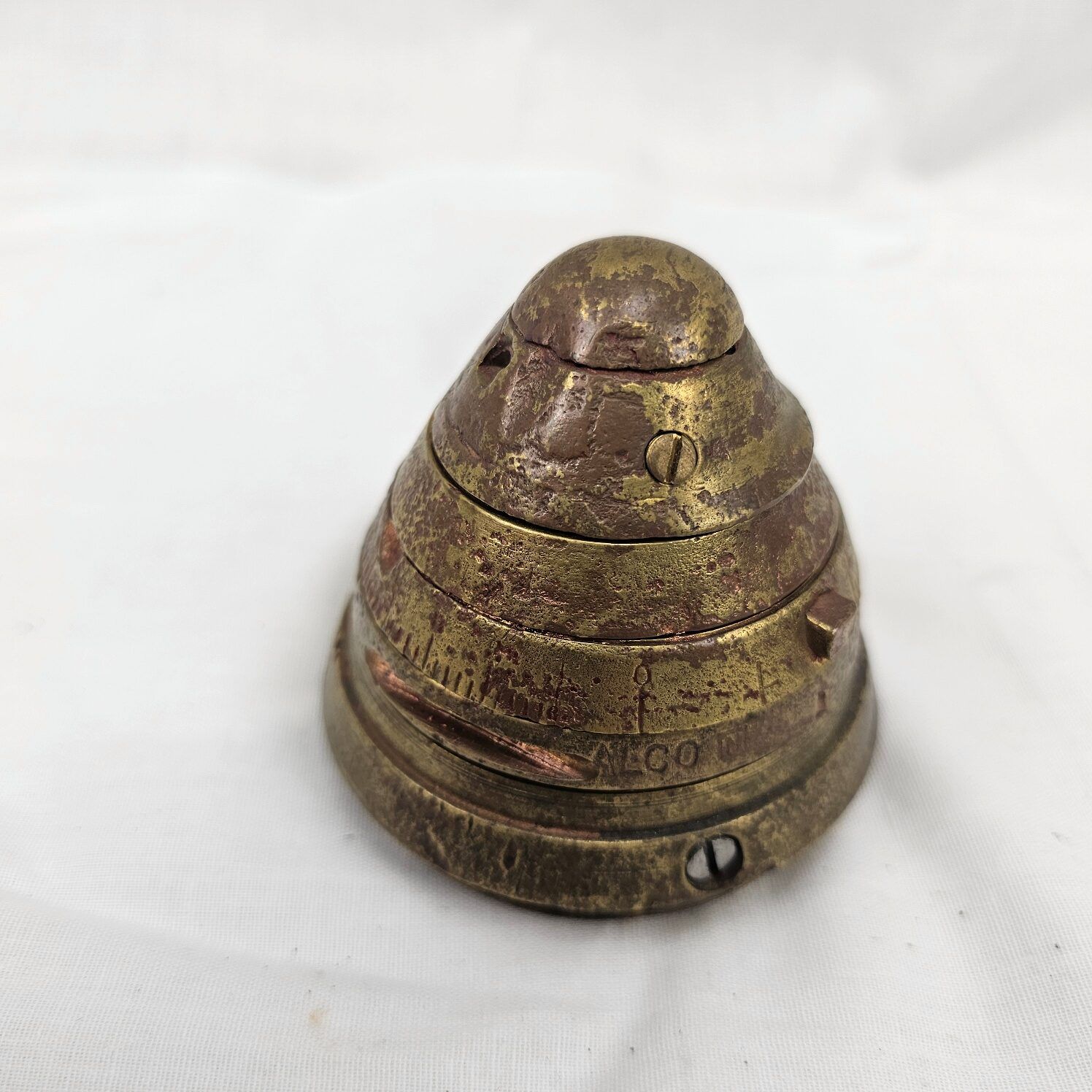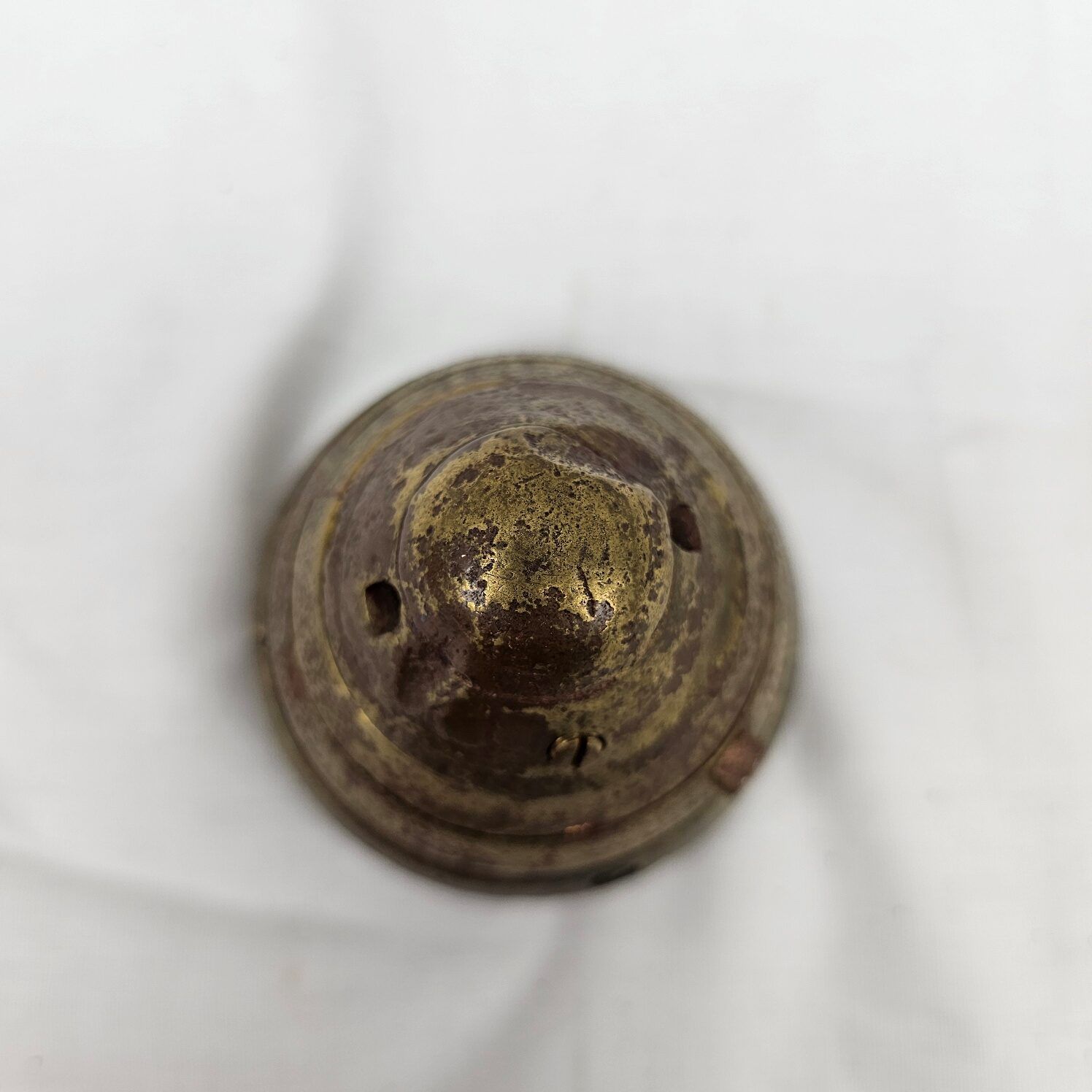~ WW1 British No.85 Fuse – Stripable ~
The British No. 85 Fuse, utilized extensively during World War I, is an example of the significant advancements in munitions technology that occurred during the period. This fuse was part of a broader effort to enhance the effectiveness and reliability of artillery, a key element of warfare that had a profound impact on the conflict’s dynamics. Here’s a closer look at the No. 85 Fuse, its design, usage, and historical significance:
Design and Features
- Type: The No. 85 Fuse was primarily a time and percussion fuse, designed for use in artillery shells. This dual-function allowed it to be used for air bursts (time function) or for detonation upon impact (percussion function), depending on the tactical requirements.
- Mechanism: It featured a complex mechanical timer that could be set to detonate the shell a certain number of seconds after firing, allowing for air bursts over enemy positions. The percussion mechanism ensured that if the timer failed or if direct impact was desired, the shell would still explode upon hitting its target.
- Construction: Made with precision engineering to ensure reliability in the harsh conditions of the battlefield, its components had to withstand the acceleration of being fired and the impact of landing, in addition to the environmental factors of the Western Front.
Operational Use
- Tactical Flexibility: The ability to function both as a time and percussion fuse gave British artillery units a significant tactical advantage. It allowed them to adapt their fire based on the situation, whether that meant targeting enemy trenches with air bursts to avoid the protection of dugouts or ensuring destruction of fortified positions through direct impact.
- Strategic Impact: Effective use of the No. 85 Fuse contributed to the British Army’s artillery being one of the most feared and effective tools on the battlefield. It played a crucial role in barrages that prepared for infantry advances and in counter-battery fire aimed at neutralizing enemy guns.
Challenges and Innovations
- Reliability Issues: Like all complex mechanical devices of the time, the No. 85 Fuse faced challenges with reliability. Consistent quality control and manufacturing precision were essential for its effective operation.
- Innovation in Design: The lessons learned from the deployment of the No. 85 Fuse spurred further innovations in fuse technology, pushing forward the development of more reliable and effective munitions for future conflicts.
Legacy
- Advancement in Military Technology: The No. 85 Fuse is representative of the technological advancements made during World War I, a conflict that saw rapid innovation in military technology.
- Influence on Future Munitions: The experiences gained and lessons learned from the use of the No. 85 Fuse influenced subsequent designs and tactics in artillery munitions, contributing to the evolution of warfare.
The No. 85 Fuse, with its innovative design and tactical versatility, exemplifies the significant role that munitions technology played in World War I. It highlights the continuous drive for technological improvement in the face of the unprecedented challenges of modern warfare.






